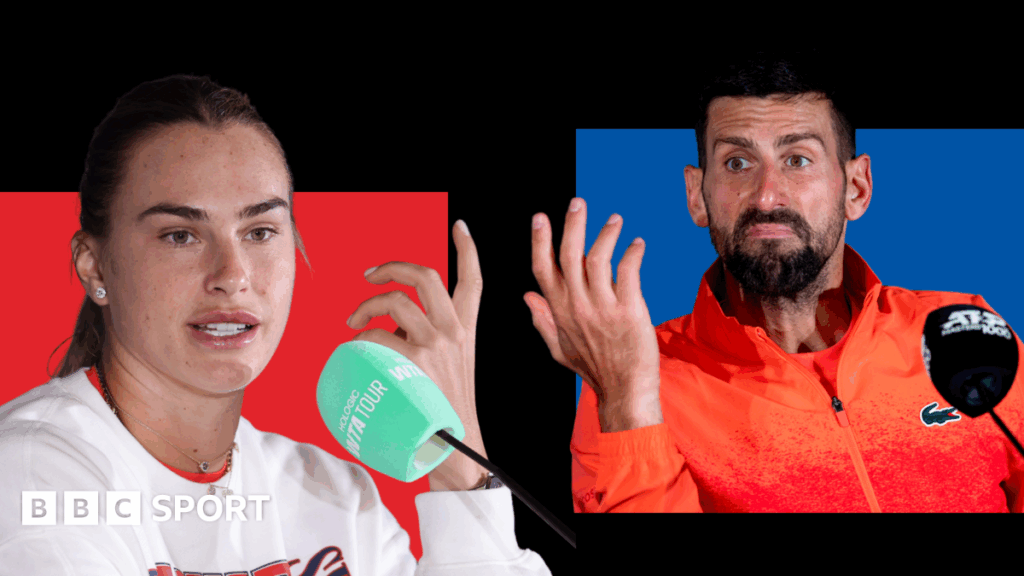With the two-week Madrid Open reaching the halfway point, it is the perfect time to revisit a thorny issue in tennis.
Stretching several ATP and WTA tournaments across a fortnight has caused some controversy – and it’s debatable how successful the move has been.
The thinking was the elongated events would have greater gravitas – essentially creating ‘mini Grand Slams’.
According to ATP and WTA bosses, that meant increased financial opportunities for more players.
Another benefit would be players having days off between matches, allowing for better recovery and, in theory, more high-quality matches.
Fans, in turn, would be more engaged and media coverage would increase, creating a buzz around them like the existing four majors.
For many, it has not panned out like that.
The players are certainly divided. In Madrid, Aryna Sabalenka and Iga Swiatek both responded positively when asked what they preferred.
Sabalenka said she enjoys the longer format because she can “rest” physically and mentally between matches, while Swiatek added she doesn’t “think about it anymore”.
But the top stars – the ones who go regularly deep in these draws – are the players more likely to benefit from the days off.
Others further down the chain have voiced concerns.
The recent lawsuit lodged by the Professional Tennis Players’ Association – which claimed to be on “behalf of the entire player population” – said that “instead of providing professional tennis players more rest between tournaments to endure a longer season, the ATP and WTA have given them less”.
It was also telling that Novak Djokovic, who co-founded the PTPA, gave a lengthy answer about the subject in his pre-Madrid news conference.
Asked about Carlos Alcaraz saying he felt like a “slave” to the game, Djokovic referenced the negative effect of the extended events.
“Now we essentially don’t have four Grand Slams – we have maybe 12 Grand Slams. It’s a lot,” he said.
Seven of the nine ATP Masters are now played over a fortnight, along with six of the 10 WTA 1000s.
The first week of the combined Madrid Open – a mixture of qualifying and main-draw matches – felt like a slow burner.
The main stadiums at the Caja Magica were rarely full, although the grounds were swelled by hundreds of children on school trips.
For many of those further afar, the disjointed scheduling can seem illogical and difficult to follow.
Will anything change?
ATP chairman Andrea Gaudenzi is committed to the format and, while the WTA insists the circuit is always under review, its chair Steve Simon also believes the structure does not increase workload.
It seems, as Swiatek basically said, everyone will just have to get on with it.
